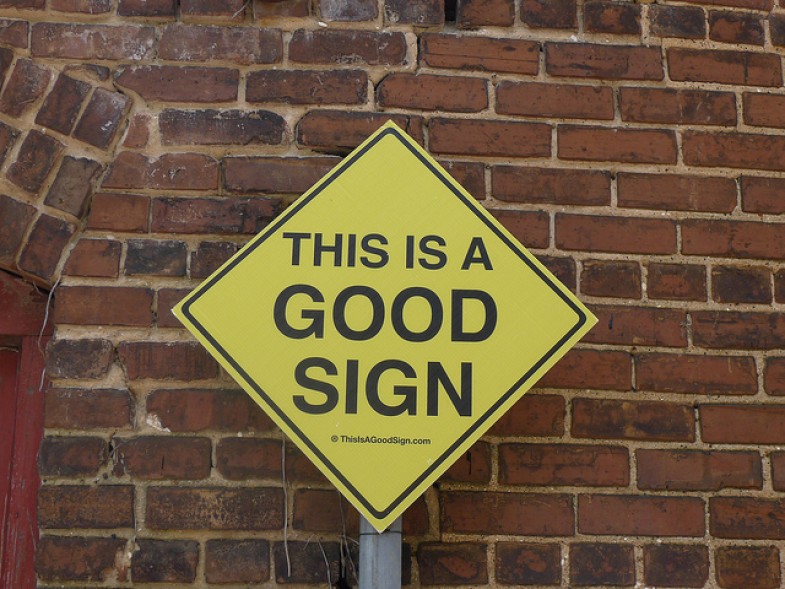Our society has no trouble promoting competence. In the workforce, we reward productivity and efficiency with promotions and higher pay. In schools, we promote competence by designing curricula around academic standards and evaluating teachers on how well their students do on standardized tests. We use the terms “good job” and “nice work” to recognize something we consider well done. But there’s another term and concept we might like to consider in promoting a better society. I’m referring to the term “good work,” which is defined by psychologist and writer Howard Gardner and his colleagues as work that is simultaneously excellent in quality, carried out ethically, and personally engaging.
Along with Mihaly Csikszentmihalyi and William Damon, Howard Gardner is one of the founders of the Good Work Project and co-author of the book Good Work. While work is sometimes described as something we have to do to make a living and as an obstacle to a life lived with more leisure and enjoyment, a point made in the Good Work book is that, as a species, humans have actually “developed a taste for work.” We feel good when we’re productive.
Our taste for productivity, however, can lead to unhealthy compromises. We may choose being productive over being ethical. We may choose to devote our time and energy to work that holds little value in terms of personal or social enhancement but offers rich rewards in terms of money and/or fame. The “good work” challenge is to make excellence, engagement, and ethics hallmarks of our work. As Gardner says, if one of these components is compromised, either the individual or the community – or both – will suffer.
The Good Work Project has become one of the components of a larger project referred to as the “Good Project.” As described on its website, the Good Project is “an ensemble of research projects designed to understand the nature of various ‘goods’ and, importantly, to promote their realization in our time.” “Goods,” in this context, doesn’t refer to a commodity or resource but rather to elements which contribute to the wellbeing of society.
The Good Project defines “good” by the three Es previously mentioned in relation to Good Work: excellence, ethics, and engagement. These elements are a part of the other initiatives of the Good Project, with focus areas that include play (digital media use among young people), citizenship and civics, and life (the Family Dinner Project, as well as a study of the meaning of quality). All the sub-projects and initiatives of the Good Project relate in some way to the commons and the common good. They also relate to what we do and how we live as persons, workers, and citizens. It’s understood that we each fulfill different roles as citizens of workplaces, institutions, countries, and various communities.
For some, using the descriptor “good” may seem a bit weak, as it could suggest something less than great. A “good place to live,” for example, may not sound as enticing as a “great place to live.” But as used in reference to the Good Project, the term “good” is used differently than in the good – better – best hierarchy. It’s much more akin to what we mean when we refer to the “common good” and “goodness” as it relates to morality, ethics, and our relationships with others. An assessment of what is “good” in this context is based on how we act toward one another, locally and globally.
In his book Truth, Beauty, and Goodness Reframed, Gardner writes about two dimensions of good relations with others. He uses the term “neighborly morality” in reference to our relations with those in our “neighborhood” – which may go beyond those who live on our street. Good neighborly morality, he says, includes concern for the common good and fairness in society. The focus of neighborly morality is on oneself as an individual in relation to others. Unfortunately, though, as Gardner says, “Our morality can be frighteningly, parochially local.” As humans have, until recently in our history, lived in smaller communities, we have adapted to be moral towards those in our groups but to be less altruistic to those outside of our groups.
The other dimension of good relations, says Gardner, is “the ethics of roles.” In this dimension, one moves from considering oneself as an individual to a consideration of one’s role in society (teacher, doctor, farmer, social worker, etc.). The focus of this dimension is on oneself as a worker and a citizen. To do good in this dimension requires thoughtful consideration of responsibilities and implications within one’s role.
We’re all responsible in some way for the common good and the quality of life in the commons. The common good is that which is good for all people, not just one person or a group of people. As aptly described in the essay “The Tragedy of the Commons” in 1968, Garrett Hardin describes the way in which taking more than our fair share of resources from the commons can lead to the eventual destruction of the commons. A related idea to keep in mind is that living as good persons, good workers, and good citizens can enhance our experience of the commons as individuals and as a society. For the commons to be the best that it can be, we need to put forth our best in making it so. The Good Project is one resource we can look to for ideas and resources on how to do this.

